We have set a goal to move to green energy and EVs by 2030
November 30, 2021 8:09 pm
Manufacturing units in strategic locations catering to battery separator needs of customers across the world.
Ahila Krishnamoorthy, in an email interaction with OEM Update, candidly shared insights about Daramic’s manufacturing facilities, challenges, opportunities and ‘Be Global act Local’ strategy to meet evolving needs and future plans.
Daramic company, its interests and manufacturing activities?
Daramic was established in the United States in 1930 and invented the PE separators in 1969 for lead acid batteries. Since then, the company has been a leader in the lead acid battery industry. Although Daramic catered to major battery manufacturers directly from their global plants, they set up shop in India by acquiring Supertech, Bangalore; and expanded their PE finishing facility to meet the needs and demands of even the smaller battery manufacturers. Daramic expanded its finishing setup by setting up a plant in Baddi, Himachal Pradesh to serve customers in North India. In 2017, Daramic established a PE manufacturing plant in Dahej, Gujarat, which also houses their R & D centre. Within 14 months of ground breaking, in January 2016, the Dahej plant was up and running with two production lines by early 2017. In 2021, the company doubled its production capacity by adding two more lines. Currently Daramic is the largest separator supplier in the Indian markets.
Outlook about manufacturing business in India about battery separator business.
India is one of the prime hubs for the lead-acid battery industry. The expansion to 4 lines of production was also a result of the growing demand in India. We are seeing tremendous growth in the region and our local manufacturing presence is helping us tie the growth in the region. We are very bullish in terms of investment in the Indian market and doubling our capacities within four years is a clear indicator for that. We are committed to keep investing and expanding our capacities in India to continue to not only meet the regional demand but also use this facility as an export hub for adjacent geographies. Our vision to ‘Be Global act Local’ compliments our strategy of investments in India to fulfill the growing demand of the region for lead acid batteries.
Manufacturing facilities location and meeting demand of major customers.
We have two plants in India, one at Dahej, Gujarat and the other at Baddi, Himachal Pradesh.
The Dahej plant is the mother plant having both manufacturing and finishing capabilities of PE separators. One of the three global R & D centres is currently operational out of the Dahej plant. We developed exclusive separators like HiCharge and RickLife to meet region specific needs for Inverter and E-Rickshaw battery application at our India R & D centre.
Our Baddi, Himachal Pradesh plant is a finishing plant that caters to the needs of small to large scale manufacturers who want customised product solutions ready to use for their batteries.
With our Dahej and Baddi plants, we are able to meet the full demand of all major customers in India and command the highest market share.
Production line-up of batteries and geographical reach.
As we mentioned, we are the largest supplier of battery separators in the region and we cater to the markets of India, Bangladesh and Sri-Lanka directly from this region. As for our geographical reach, Daramic has always made it a point to set up manufacturing units in strategic locations so as to cater to the needs of customers across the world. With our substantial reach around the world, we are easily able to serve customers for both their supply, as well as customisation needs.
How do you link increasing demand for inverters from tier-2, tier-3 cities as part of the country’s rural electrification with batteries?
The Indian Government has been working to bring electricity to rural parts of the country and has made significant improvement in expanding the electrification reach. Although the electricity has reached the farthest most parts of the country, uninterrupted supplies remain a challenge. This shortage of electricity supplies in the tier-2 and tier3 cities is driving the demand for inverter batteries. The demand for the batteries and battery separator will not decline and in fact will continue to grow with the increase in electrification of rural India.
Key challenges and opportunities you anticipate from the sector and your strategies to meet the growing demand from the market?
One of the bigger challenges is the ongoing supply chain across the world. In addition, the constant addition of gadgets in the car puts a significant load on the battery, and the challenge for battery and its component manufacturers is to deliver and meet this energy demand while not increasing the size of the battery.
As we are the only separator manufacturer in the world to have eight manufacturing facilities placed across the globe in strategic locations, this supply chain crisis has not affected our supplies to our customers. We have been meeting the demand of our customers and helped them in tiding over this crisis smoothly.
To meet the other challenge of increasing the efficiency of both separators and batteries, a team of scientists works diligently at our R & D centre in Gujarat to develop separators, which meet the evolving needs of the lead acid battery industry.
In India, your company is the leading component manufacturer for major brands and retains over 50 percent market share. What do you say?
Daramic has been a market leader since 1969, and our expansion and presence in India has only further contributed to the growth that we have witnessed. We have worked with some of the biggest brands in the Indian battery manufacturing industry and have expanded our operations by a significant amount. We also believe in the motto ‘Think Global, act Local’, which has enabled us to bring our international expertise to the Indian markets and has enabled us to achieve a high level of customer satisfaction through our customised and high-quality solutions.
How did you evaluate the demand and increased production lines from 2 to 4 in India within a span of 4 years?
We established our Dahej, Gujarat plant in 2017 with two production lines, for which we got unprecedented support from all the leading battery manufacturers. We realised that there is a growing demand in India for lead acid batteries, and we were in a unique position to fill the void in that industry and that two lines of production were not enough to meet this growing demand, which led us to the decision of setting up two new lines of production. Setting up these two new lines of production also meant that we would be able to supply our products to countries around the Indian subcontinent, thereby retaining a large portion of the global market share within this industry. Plans and strategies for expansion in India as with growth of EV local players, manufacturing production poses a challenge The Indian Government has been implementing numerous green initiatives such as the introduction of e-rickshaws, solar charged street lamps and EVs. While there are no current lithium battery manufacturers in the country, the country plans to make the transition by 2030. When the shift does happen in India, we will be prepared to meet the demand of the Indian manufacturers who are diving into this sector. EVs, while running primarily on lithium ion batteries, still require lead-acid batteries to power the electrical components in the car, which is why we are positive about the impact of the EV industry and our place in it.
How do you assess market growth potential for the lead acid batteries and what future outlook do you hold for the region as a whole?
We at Daramic believe that India is a growing market for the lead-acid battery industry and the developments within the automotive and industrial sectors only add to this. Indians living in rural areas as well as tier-2 and tier-3 cities, have increased access to electricity but are still not getting uninterrupted supplies, which is creating a demand for inverter batteries. Solar street lamps are being promoted in these areas, which primarily use lead acid batteries. E-Rickshaws in different parts of the country are also one of the key drivers in the growth of lead acid batteries as they require four batteries in one E-Rickshaw and the average life of these batteries is only 6-8 months. With all these factors, which are driving the demand of the lead acid batteries, we are very confident that this industry will continue to see double digit growth in the coming decade.
Factors expected to propel the lead acid battery market in the coming decade.
Governments all over the world are making a push for EVs and the transition to greener energy by 2030. India in particular, has set a goal to move to green energy and EVs by 2030. Even though EVs run on energy efficient solutions, they still need to use a lead-acid battery to power the electrical components in the car. Our parent company, Asahi Kasei is also involved in the manufacture of lithium-ion battery separators so we are well poised to meet not only the surge in demand for the existing lead acid batteries but also we are future ready for any transition which happens in development and manufacturing of lithium ion batteries to power the EV’s. What other innovative technologies or products as well as expansion plans for India operations do you have for the future? Lead acid batteries technology has been around the world for more than 150 years and is still the world’s largest source of backup power. This has happened due to the constant evolution of the technology in the lead acid batteries. The manufacturers continue to innovate and make batteries, which can deliver more power based on the application. We at Daramic believe in being ahead of the curve by engaging with manufacturers during the design phase itself so that we can help them in meeting the growing and varying needs of the market.
At Daramic, we are always on the lookout for new opportunities and new markets that we can invest in. Our Indian expansion was a result of the growing demand in India and neighbouring regions, and we can expect further expansions, if the demand increases and the need arises.
Cookie Consent
We use cookies to personalize your experience. By continuing to visit this website you agree to our Terms & Conditions, Privacy Policy and Cookie Policy.



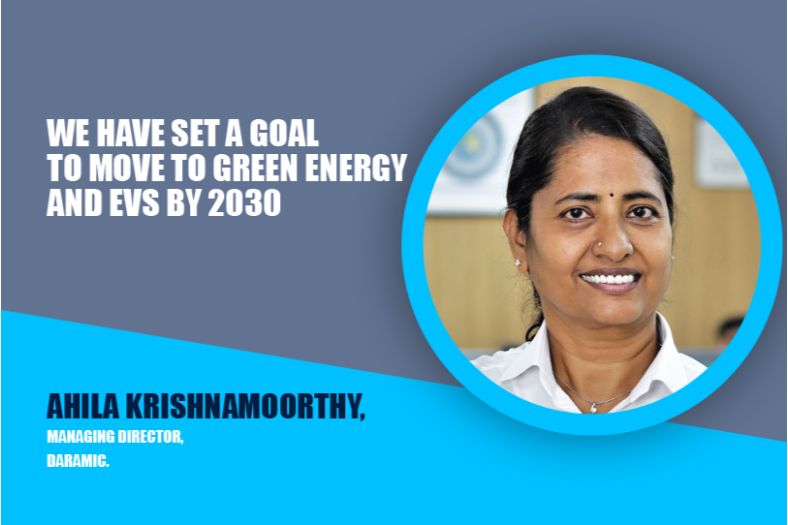





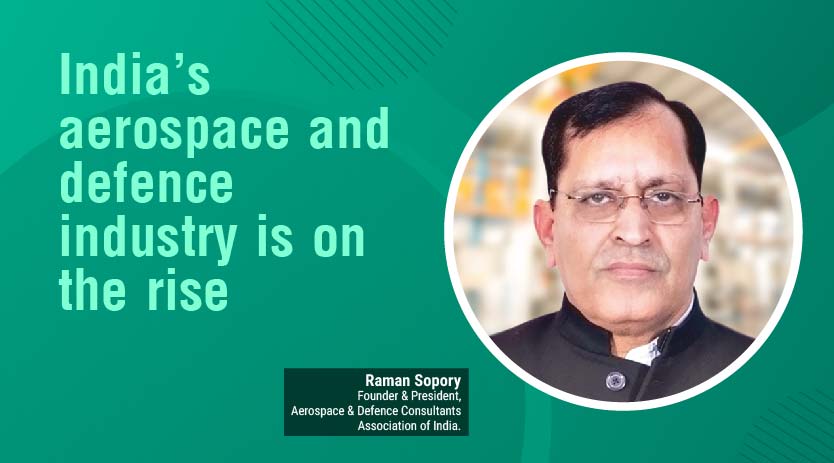
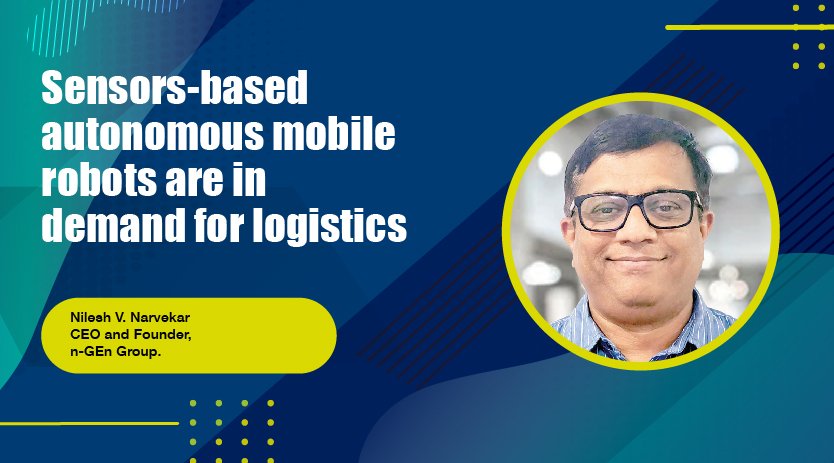
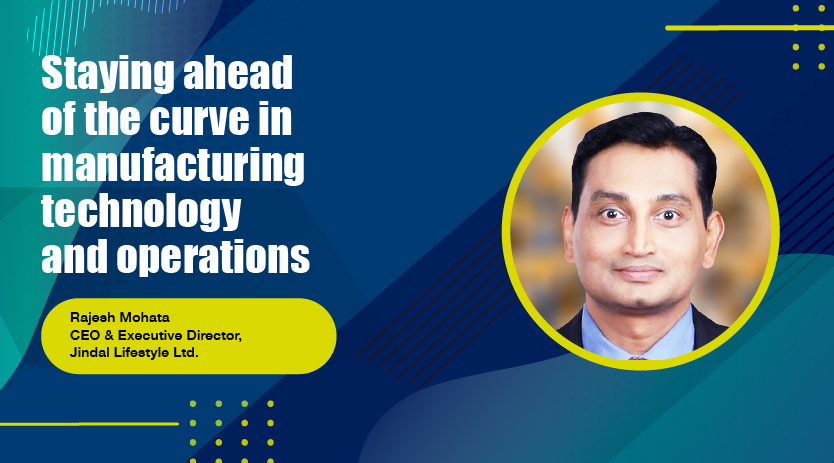
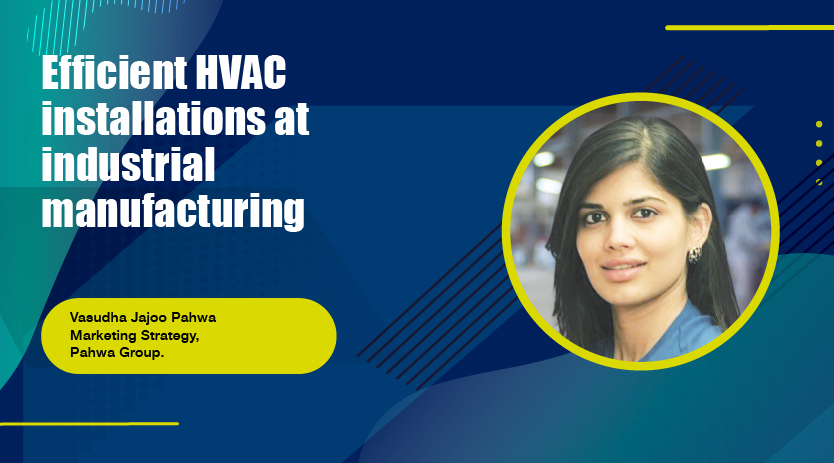
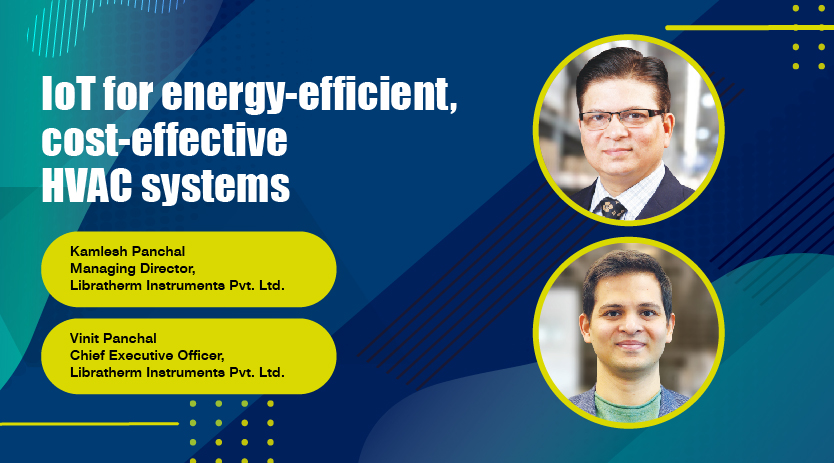





 English
English Hindi
Hindi